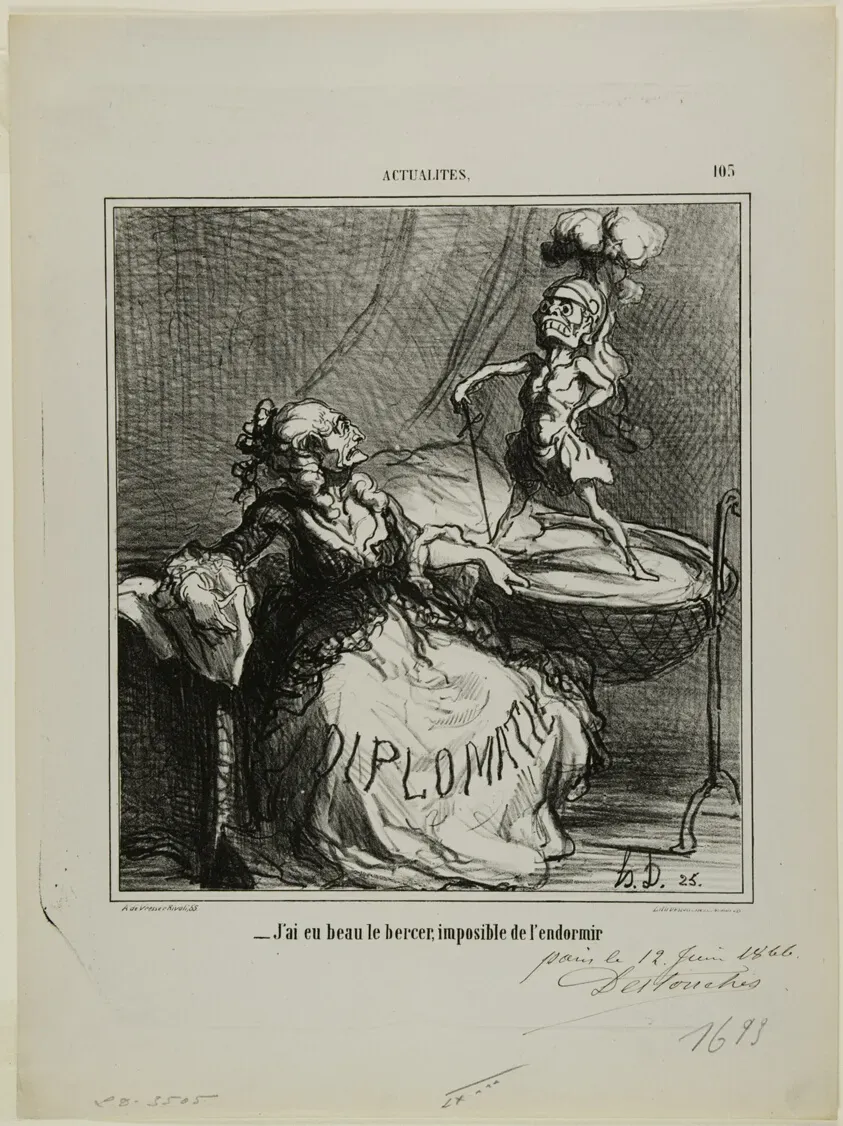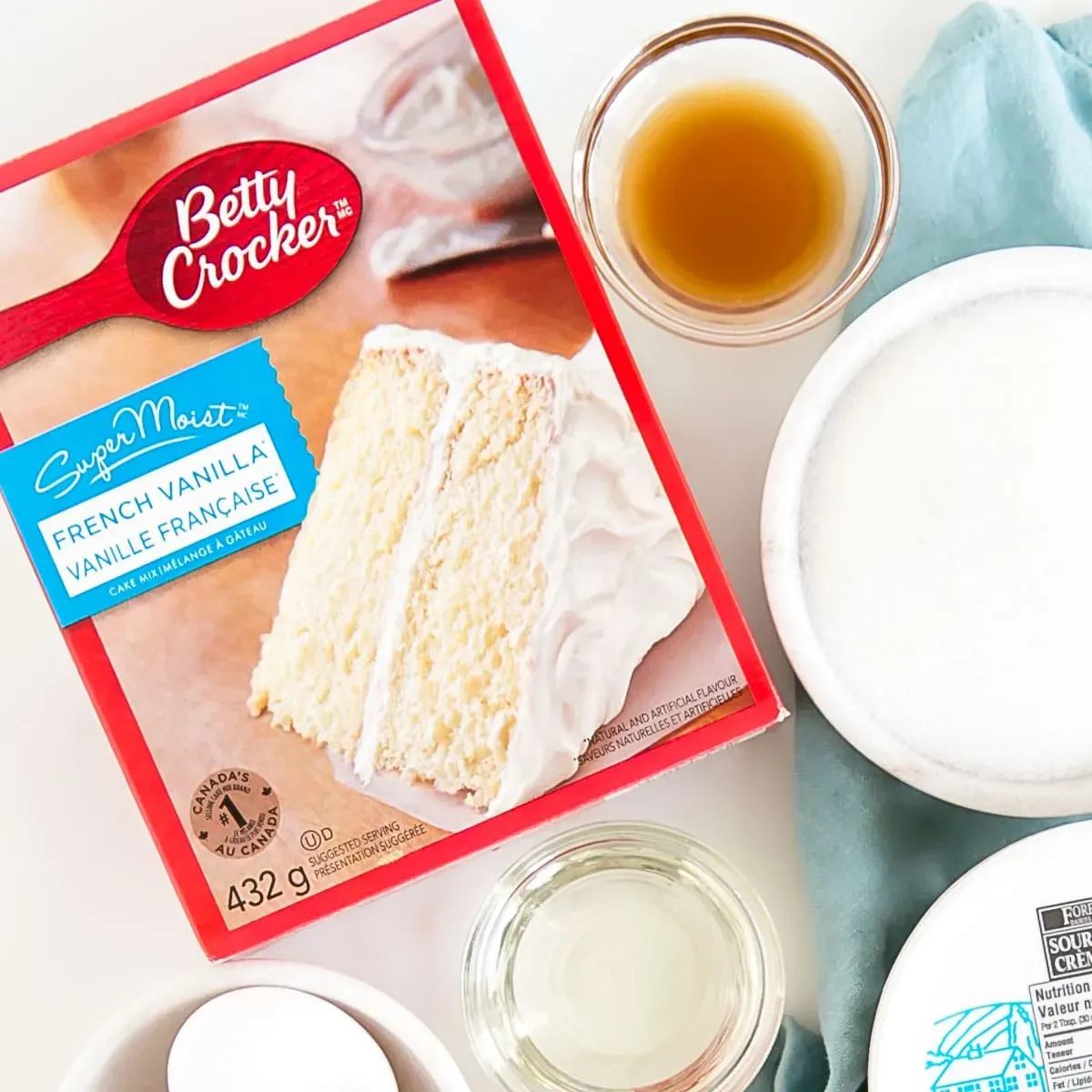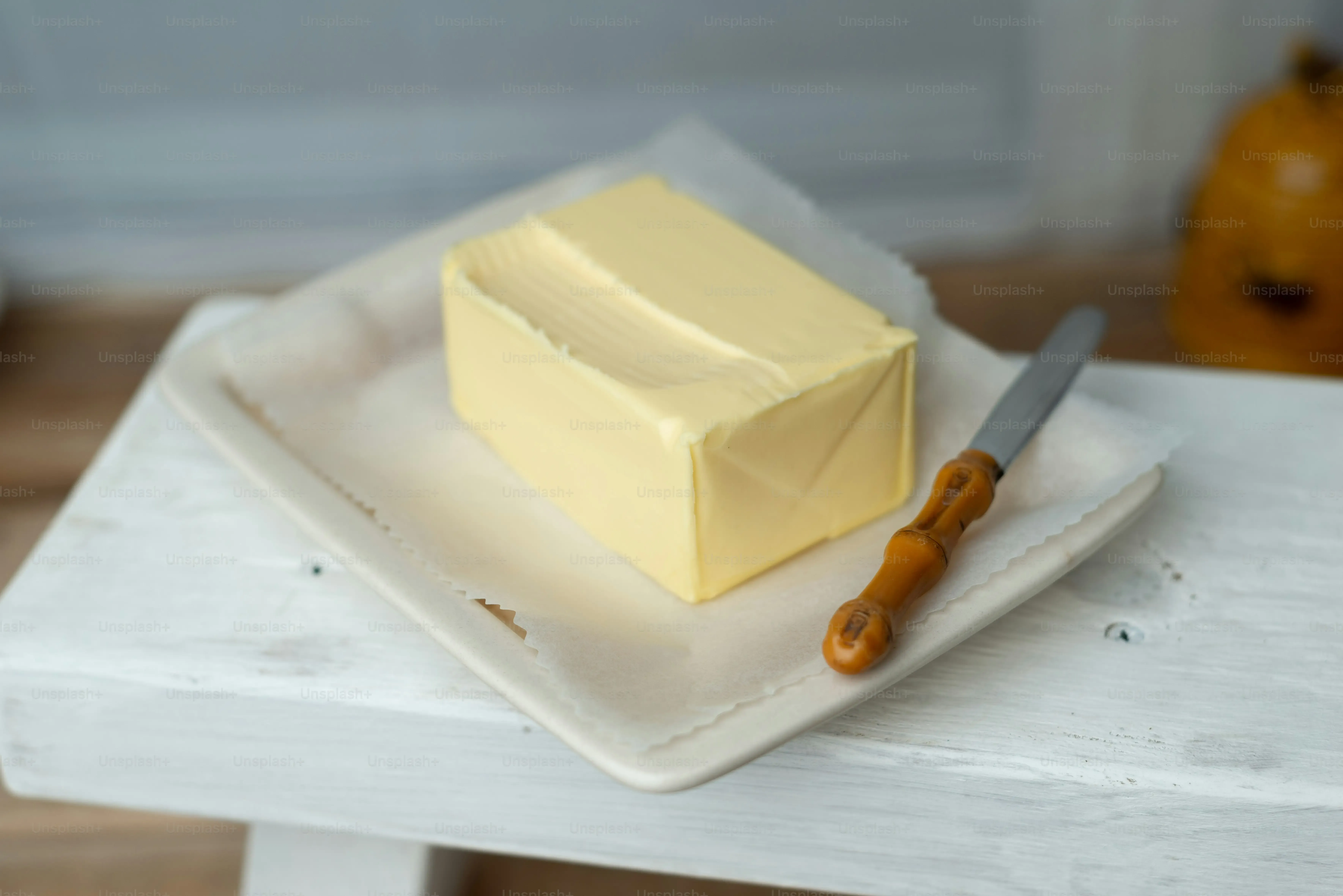Table of Contents
Let's be honest, sometimes you just need a cake, and you need it now. That box mix on the pantry shelf calls your name. It’s convenient, it’s fast, but the result can often feel a little... flat. Dry. Definitely not like grandma spent all afternoon in the kitchen. You want that moist crumb, that rich flavor, that *homemade* feeling without all the fuss of a scratch recipe. Good news: you absolutely can bridge that gap. The secret isn't fancy techniques or obscure ingredients. It's often just one simple addition that takes your cake from passable to praise-worthy.
Why Your Box Cake Needs an Upgrade (and How Sour Cream Helps)

Why Your Box Cake Needs an Upgrade (and How Sour Cream Helps)
The Bland Reality of Standard Box Mixes
Let's be real. You follow the instructions on the box: add water, oil, and eggs. Pop it in the oven. Forty minutes later, you pull out a cake. It looks like cake, smells vaguely like cake, but the first bite often confirms your suspicion. It’s usually a bit dry, the texture can be crumbly or oddly uniform, and the flavor? It's just... sweet. Lacking depth, richness, and that certain something that screams "homemade." The standard ratios are designed for consistency and ease, not for peak deliciousness. They strip away the nuances that make a scratch cake special.
Sour Cream: The Secret Weapon for Moisture and Flavor
This is where sour cream enters the picture, ready to rescue your sad box mix. Think of it as giving your cake a much-needed spa treatment. Sour cream is packed with fat and moisture, two things often lacking in the basic box formula. When you swap out some of the liquid or oil for sour cream, you're injecting richness that water or vegetable oil alone can't provide. The slight tang from the sour cream also works magic, balancing the sweetness and adding a subtle complexity that makes the flavor pop.
- Why Sour Cream Works Wonders:
- Adds significant moisture, preventing dryness.
- Increases fat content for a tender, rich crumb.
- Provides a subtle tang that enhances flavor without being overpowering.
- Contributes to a denser, more satisfying texture.
Transforming Texture and Richness
Using sour cream doesn't just make the cake moist; it fundamentally changes the texture. Instead of that sometimes airy, sometimes dry box mix crumb, you get something closer to a bakery cake – denser, velvety, and substantial. It holds up better to frosting and handling, making it ideal for layering or decorating. It’s not going to fool a professional pastry chef into thinking it's a 15-ingredient masterpiece, but it will absolutely make your friends and family ask, "Wait, this came from a box?" And that, my friend, is a victory.
The Simple Science Behind Making Box Cake Taste Homemade Sour Cream

The Simple Science Behind Making Box Cake Taste Homemade Sour Cream
Fat Content Changes Everything
let's get a little nerdy, but just a little. Box mixes usually call for vegetable oil. Oil is 100% fat. Sour cream? It's fat, yes, but also water and milk solids. The fat in sour cream is different. It's dairy fat, which behaves differently in baking than liquid vegetable oil. Dairy fat tends to coat flour proteins more effectively. This coating inhibits gluten development. Less gluten development means a more tender, softer crumb. Think of it like adding tiny little obstacles in the way of those gluten strands trying to link up. It’s not sabotage, it’s structural improvement.
The Acid Factor at Play
Sour cream isn't just about the fat and moisture; it's also acidic. This acidity plays a couple of key roles. First, it can interact with the leavening agents in the box mix, particularly baking soda if it's present. This interaction can give your cake a little extra lift, leading to a better texture. Second, and perhaps more importantly for flavor, acid helps to break down proteins. This breakdown contributes to that moist, tender mouthfeel we're chasing. It's like a little tenderizer working quietly in the background as your cake bakes. This is a core part of how to make box cake taste homemade sour cream.
- Key Components in Sour Cream for Better Cake:
- Butterfat: Coats flour, limits gluten, creates tenderness.
- Water: Adds necessary moisture for hydration.
- Milk Solids (Proteins & Sugars): Contribute to browning and flavor depth.
- Lactic Acid: Reacts with leavening, tenderizes proteins, adds subtle tang.
Moisture, Maillard, and Magic
When you add sour cream, you're introducing a more complex liquid than just water or oil. The water hydrates the dry ingredients, while the fats and milk solids contribute to richer browning through the Maillard reaction (that fancy term for how proteins and sugars react under heat). This gives your cake a better crust color and more developed flavors. The higher moisture content throughout the batter also means the cake stays moist longer after baking. It’s a combination of chemistry and simple ingredient swaps that elevates a basic mix into something that feels, and tastes, genuinely homemade.
Mixing and Baking Your Perfect "Doctored Up" Box Cake

Mixing and Baking Your Perfect "Doctored Up" Box Cake
Getting Your Hands Dirty (Just a Little)
Alright, you've got your box mix, your trusty sour cream, and maybe a few other goodies we'll chat about later. Mixing this upgraded batter isn't rocket science, but a few simple moves make a difference. Forget the box instructions that say "mix for exactly two minutes." Overmixing is the enemy of a tender cake. You're aiming to just combine everything until no dry pockets remain. Start with the wet ingredients – your eggs (room temperature, please, it helps with emulsion!), the oil or melted butter you're using, the water or milk you're swapping in, and of course, your star player, the sour cream. Whisk those together first. Then, add your dry mix. Use a spatula or mix on low speed just until everything is incorporated. A few small lumps are fine; a tough cake is not.
Once your batter is ready, pour it into your prepared pans. Don't just dump it; use your spatula to gently level the top. This helps ensure even baking. And speaking of baking, keep an eye on the clock, but trust your senses more. Ovens lie. A toothpick inserted into the center should come out with moist crumbs attached, not wet batter or entirely clean (clean means it's likely overbaked). This careful mixing and baking process is key to unlocking the potential of how to make box cake taste homemade sour cream.
What's the biggest mistake people make when baking cakes?
Beyond Sour Cream: More Ways to Get That Homemade Box Cake Taste
Swap That Water for Something Richer
While sour cream is a rockstar in the quest for how to make box cake taste homemade sour cream, it's not the only trick up our sleeves. The liquid you add makes a huge difference. The box calls for water because it's cheap and consistent. You, however, are aiming for delicious. Swapping water for milk – whole milk, if you want maximum richness – immediately boosts the fat and protein content. This leads to a softer crumb and better flavor. If you're feeling adventurous, buttermilk is another fantastic option. Its acidity, even more pronounced than sour cream's, tenderizes the cake and adds a lovely subtle tang, pairing beautifully with vanilla or chocolate mixes.
Think of it this way: water hydrates, but milk nourishes. Your cake deserves nourishment.
What's the simplest swap for immediate improvement?
Boost Flavor and Moisture with Extras
Beyond just the liquid, you can toss in a few other pantry staples to elevate things. A common and effective trick is adding a small box of instant pudding mix (not the cook-and-serve kind). A 3.4 oz box of vanilla or chocolate pudding mix, depending on your cake flavor, adds stabilizers, flavor, and moisture. It creates a denser, more pudding-like texture that feels much more substantial than a plain box cake. Also, don't underestimate the power of extracts. The box might have some artificial flavoring, but a teaspoon of good quality vanilla extract (even in a chocolate cake!) or almond extract can deepen the flavor profile significantly. Salt is another unsung hero; a pinch or two can balance the sweetness and make everything taste brighter.
- Easy Additions for Flavor & Texture:
- Instant pudding mix (matches cake flavor or vanilla)
- Vanilla extract (use pure, not imitation)
- Almond extract (great with white or yellow cake)
- A pinch of salt
- Cocoa powder (for deeper chocolate flavor)
Fat Swaps and Egg Boosts
The type and amount of fat matter. The box typically calls for vegetable oil. While oil provides moisture, using melted butter instead adds a richer, more complex flavor. Butter contains milk solids that caramelize during baking, contributing to a better taste and aroma that oil just can't replicate. Another simple adjustment is adding an extra egg. Eggs provide structure, richness, and moisture. For an even richer, more tender cake, consider adding an extra egg yolk instead of a whole egg. The yolk is pure fat and emulsifiers, contributing to a velvety texture that screams "homemade." Combining these fat and egg tweaks with the sour cream method really takes your box cake to the next level.
Your Box Cake, But Better
So, there you have it. No need for a culinary degree or a secret family cookbook. Just a humble tub of sour cream and a few common pantry items stand between you and a box cake that actually tastes like you put in effort. It’s a simple swap, a minimal investment, for a seriously noticeable upgrade in moisture and richness. Stop settling for dry, crumbly disappointment. Next time that cake craving hits and the box mix is your quickest route, remember the sour cream secret. Your taste buds (and anyone you share it with, if you're feeling generous) will thank you.